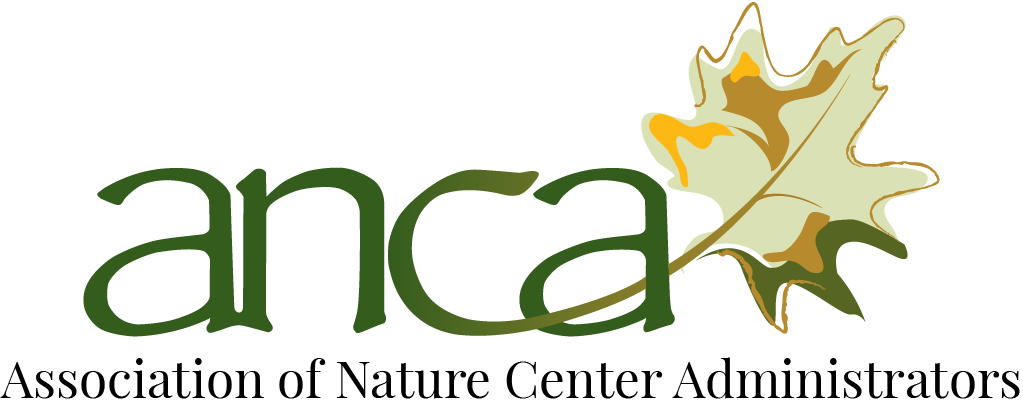by Rich Patterson
Director Emeritus, Indian Creek Nature Center
& Patty Weisse
Director Emeritus, Baltimore Woods Nature Center
Editor's note: This article was originally published in the Summer 2016 issue of Directions, the ANCA newsletter. Members can access the full issue via the member portal. And if you missed Part 1, read that here.
Things to Watch on the Monthly Financials
Board members are often personally interested in what the organization does rather than financial fine print, yet financial health is vital and the board is responsible for it. All board members should receive regular reports that include both statement of financial position (sometimes called a balance sheet) and a statement of financial activities (sometimes called a profit and loss).
It is helpful to report the statement of financial activities as a comparison to budget. A separate and helpful report shows the statement of financial activities as a comparison to the previous fiscal year. Both of these comparison reports can help board members determine whether variations are predictable or exceptions they should be concerned about. Board members should read the monthly financial statement and ask questions if anything is unclear or seems unusual. Some specific items to pay particular attention to include:
Balance Sheet / Statement of Financial Position:
-
- Is the reserve fund growing/ shrinking? Is it adequate?
Be aware that land, building, and equipment assets are fixed. They do not appreciate on the statement over time. In other words the balance sheet shows the historic value of these assets, not their current value. On the balance sheet these assets may look impressive, but they are not cash and cannot be spent.
Profit and Loss /Statement of Financial Activities:
-
- Do expenses/incomes generally fall within budget guidelines?
- Do these follow figures of previous years?
- Are there unexplained anomalies? Very high/low incomes or expenses?
- What is the reason for significant variances between the budget and actual figures?
Trends are important. A multi month deficit trend is concerning.
Generally the Year to Date portion of the statement is more useful than the report of the most recent month.
Never hesitate to question the treasurer about finances. Make sure the treasurer and/or director clearly and adequately answers them. If deficits are growing it is important to identify and deal with them early before they become insurmountable. Remember, board members have fiduciary responsibility for the organization, so shortfalls and chronic deficits are your responsibility to address.
Other Items Boards Should Watch
An outside auditor should conduct audits annually. Smaller nonprofits should at the minimum consider an annual financial review by an auditor. Having an annual audit or review serves to reassure potential donors, and it also is an opportunity to get expert feedback on the organization’s practices. Often, an auditor is receptive to answering questions that come up throughout the year. This can help streamline the audit process and can be a win-win scenario, saving both the auditor and the organization time in the long run.
Internal Controls:
Board members should be certain that procedures are in place to reduce theft. Having a good relationship with your auditor is important. They can make appropriate recommendations for “internal controls,” which are procedures that make fraudulent practices easier to root out. For small organizations with limited staff, having a board Treasurer receive the unopened bank statements and reconcile them would be an example of an internal control. By segregating duties so that, for example, the person that opens the mail and receives payments and invoices is not the same person that does the book keeping; fraudulent practices are harder to conceal.
Risk Management:
Board members should make sure that insurance is adequate, that reserve funds are high enough to meet unexpected needs and that the Board of Trustees or investment manager is prudently investing endowed funds. A good auditor will identify areas of concern, such as concentration of investment risks, which a board should address.
Budgeting:
Board members are not spectators in the budgeting process. While an executive director usually works closely with the finance committee to draft a budget, full board input on the draft budget is very valuable. Here are some things to look for:
-
- Are income and expense projections realistic based on past performance?
- Does the Development Committee have a sound plan to raise the contributed income goals?
- Are staff salary and benefits in line with industry standards?
Think of your budget as your organization’s fiscal road map for the next year. If you have a nagging feeling that proposed targets are unrealistic, it is your job as a board member to speak up.
Whether you serve on a board or work with a board at your nature center, the organization will benefit in the long run from having a board more informed and engaged in the fiscal health and well-being of your center.

